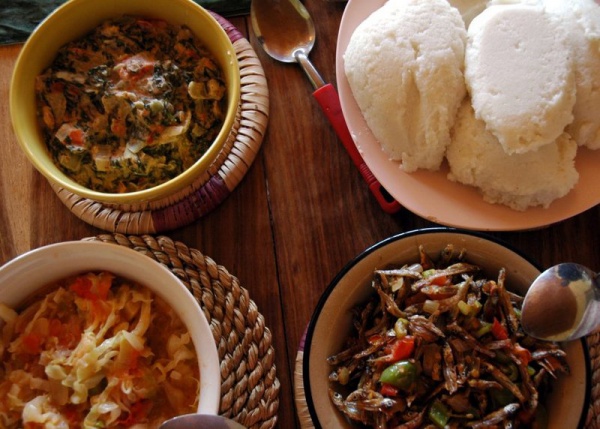Facts About Nshima
Ugali, also known by various names such as pap, nsima, and nshima, is a widely consumed maize flour porridge in Africa. It is traditionally prepared by cooking maize flour in boiling water or milk until it reaches a firm, dough-like consistency. Occasionally, millet or sorghum flour is used as an alternative. The term "ugali" originates from Swahili, and in Malawi, it is referred to as "nsima." Maize became a staple crop in Africa after being introduced from the Americas in the 16th and 17th centuries, as it produced higher yields compared to traditional grains like sorghum and millet.
Ugali is a fundamental dish in many regions of Africa, particularly in the African Great Lakes and Southern Africa. It is typically served with stews or vegetables. In Ghana, a similar dish known as "sagtulga" or "diehuo" is enjoyed with soups. In Kenya, it is referred to as "obusuma." In both Malawi and Zambia, it is called "nsima" and is made from maize flour and water. Nigeria has its own version called "akamu" or "ogi" while in South Africa, it is known as "pap" or "mieliepap" and in Zimbabwe, it is called "sadza."
Sadza is a cornerstone of Zimbabwean cuisine, made from maize meal and served with various accompaniments like meat, vegetables, and soured milk. Ugali has international counterparts, such as polenta in Italy and grits in the southern United States. In West and Central Africa, there is "fufu" which can also be made from maize meal. The Caribbean features similar dishes like cou-cou, funchi, and funjie. Other African dishes related to ugali include banku, isidudu, uphuthu, umpokoqo, and umngqusho.

 Mozambique
Mozambique